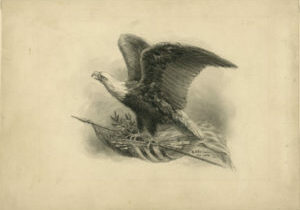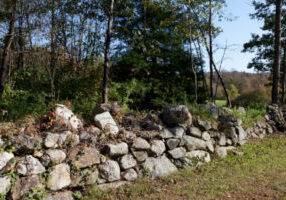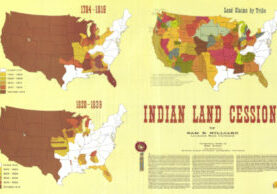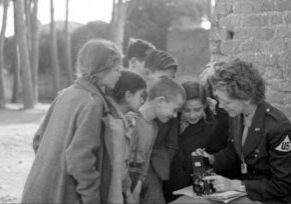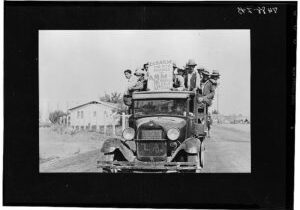Lesson Plans
This Is Not a Small Voice
Students analyze photographs from the 1963 March on Washington for Jobs and Freedom and read the poem, This Is Not a Small Voice by Sonia Sanchez to consider the power of using one's voice. After, students consider how they could use their voices and create a poem inspired by the one they just read.
Do Good Fences Make Good Neighbors?
By pairing primary sources with poetry, students consider the proverb, “Good fences make good neighbors” in the context of their own lives as well as in a local, national or global context.
Map: Poetry & Environmental Justice
Students analyze NASA images depicting climate change and maps denoting Indian land cessions*, then read the poem "Map" by Linda Hogan. After, students discuss how the poem, images, and maps provide context to the theme of environmental justice. Students follow up and take action by researching local instances of environmental justice / injustice and write to one or more community leaders, expressing their opinion on an issue.
* compiled primarily from reports contained in Library of Congress collections
Dolores Huerta: Inspiring Civic Responsibility
Students explore the experiences of Mexican-American farmworkers in the United States and learn about how they – especially through the leadership of Dolores Huerta and the United Farm Workers – worked with others for improvements in pay and working conditions, as well as respect for their civil rights. Students analyze primary sources that document working and living conditions at different times in order to build context and then analyze additional sources that highlight the contributions of Dolores Huerta, including a poem written to celebrate her work. Finally, students write a poem, speech, or letter to the editor about a social movement (past, present, or future) that inspires them to fulfill their civic responsibilities.




